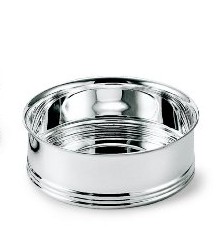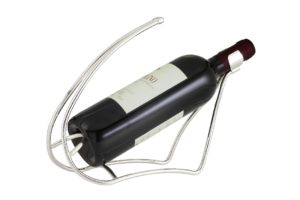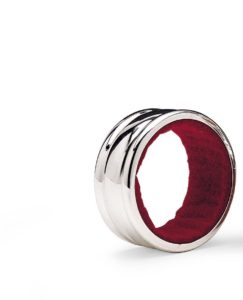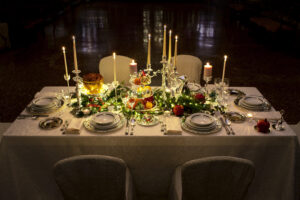

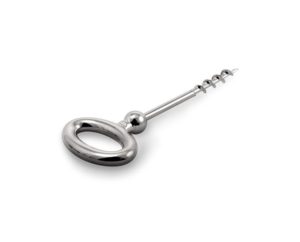
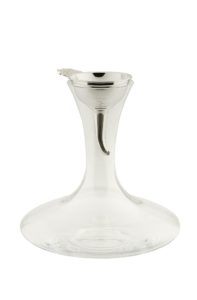
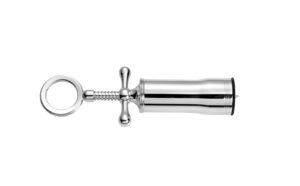
Tasting wine means analyzing it through the sense of sight, smell and taste in order to know and understand it. Through tasting you can go back in time because flavors, aromas activate sensory memories and emotions.
So how do yoy best taste wine?
What do you need for a perfect and elegant tasting?
Definitely a bottle opener….able to perfectly extract the cork fromthe neck of the bottle, preventing cork or plastic crumbs from accidentally falling inside, ruining the wine. The corkscrew is also called Tirabusione, frim the French Tire-bouchon.
The decanter which thanks to its enlarged shape in the bottom and narrow in the neck alllows all older wines to separate the sediments and in younger wines to oxygenate and develop the aromatic bouquet in the best possible way. But be careful that the decanter should not always be used, sometimes the wines could be ruined by the passage in this instrument, in many cases an ad hoc glass may be enough to achieve the same goal.
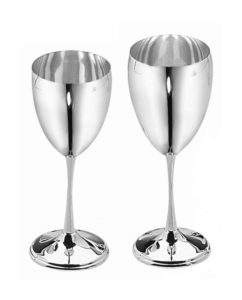
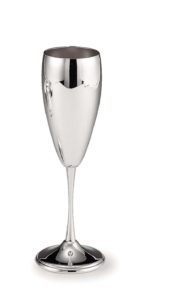
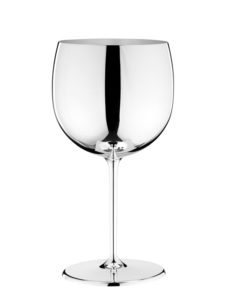
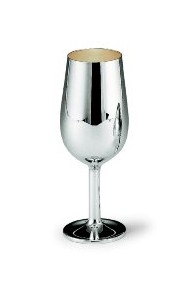
Each type of wine has its own glass that we remember must be held by the stem and with the hands awayfrom the cup.
Structured red wines need glasses with a rounded cupcalled Balloon which allows to better express the Bouquet also called “thirdnose” or “tertiary aroma” which appears only in certain aging conditions (at least 8 years) oxidation conservation.
White wines are young, characterized by a more or less intense yellow color depending on the age. The arome is given by the presence of rather vast and complex floral aromas.
The flute glass, from the French “flute” is used to serve sparkling whites, thank to its narrow and slender shape it allows you to better appreciate the grain, persistence and numbers of “chains” of bubbles.
The sweet wine glass is small in size but the cup is rounded and the neck is narrow to favour the development of aromas in the nose.
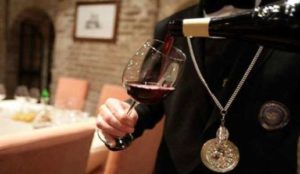
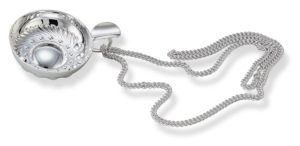
But what is the true symbol of tasting? The tastevin… small bowl in silver or more frequently in silver plated, used for wine tasting and wich is worn around the neck as an emblem by sommeliers.
The existing types of tastevin are Bordolese and Borgogne, the latter, adopted by various associations of tasters, has a diameter of 8 cm and is deep 2 cm. In the centre there is the “lebel bubble” wich must not be exceeded by the poured wine . Another 8 concave pearls of different depths are present on one side and are used for the visual examination of red wines, while on the opposite side a series of 17 ribs serve to bring out the colour of white wine. Tastevin cannot be used with champagnes because it does not allow to evaluate the perlage.
